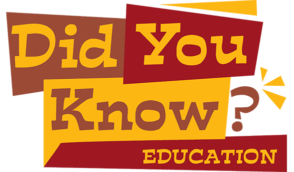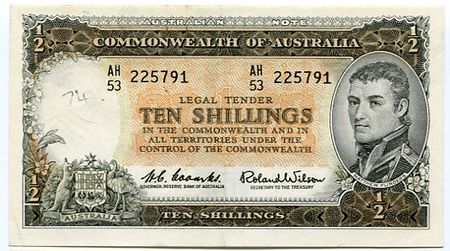For over two hundred years, the final resting place of the man ultimately responsible for the naming of Australia was unknown. Then, in early 2019, his lead-plated coffin was discovered at the back of a train station in London.
An accomplished explorer, Matthew Flinders has the largest mountain range in South Australia named after him, as well as the longest river in Queensland, an island in Tasmania, two National Parks, a university, and streets all over the nation – including a famous one in Melbourne.
His father wanted him to become a surgeon but, inspired by the wildly popular adventure novel, Robinson Crusoe by Daniel Defoe, he chose to go to sea. By the time he was 20, he had already served on ships at war with France and had taken part in a famous naval battle.
Matthew Flinders died when he was 40. During his short lifetime, he:
- sailed with William Bligh (of the mutiny on the Bounty fame), transporting breadfruit to Jamaica
- was accompanied on his first voyage to New South Wales by his eleven-year-old brother who had also joined the Navy
- met surgeon, George Bass, on the same voyage, who was looking after the Eora warrior, Bennelong, on his return to his homeland after visiting England
- discovered and charted (mapped) Bass Strait with the surgeon, thus opening up a shorter route for ships from England by proving Tasmania to be separate from the Australian mainland
- circumnavigated (sailed all the way around) the entire continent of Australia with a crew that included the Indigenous leader Bungaree and Flinders’ beloved cat, Trim, who was named after a character in another novel, The Life and Opinions of Tristram Shandy, by Laurence Sterne.
This feat of sailing around the coastline demonstrated that the English-claimed colony of ‘New South Wales’ and the Dutch-claimed territory of ‘New Holland’ were in fact one vast continent. So Flinders recommended that, rather than trying to compromise between those two names, it was appropriate to choose a new one.
Flinders suggested going back to something quite similar to the name used by Pedro Fernandes de Queirós when he declared the existence of the ‘Great Southland of the Holy Spirit’ in 1606 – ‘Australia del Espíritu Santo’. He proposed the name ‘Australia’ and, as a consequence, Bungaree became the first person ever to be described as ‘Australian’.
Where did Matthew Flinders find the courage to explore the world so far from home?
Written by Annie Hamilton.

